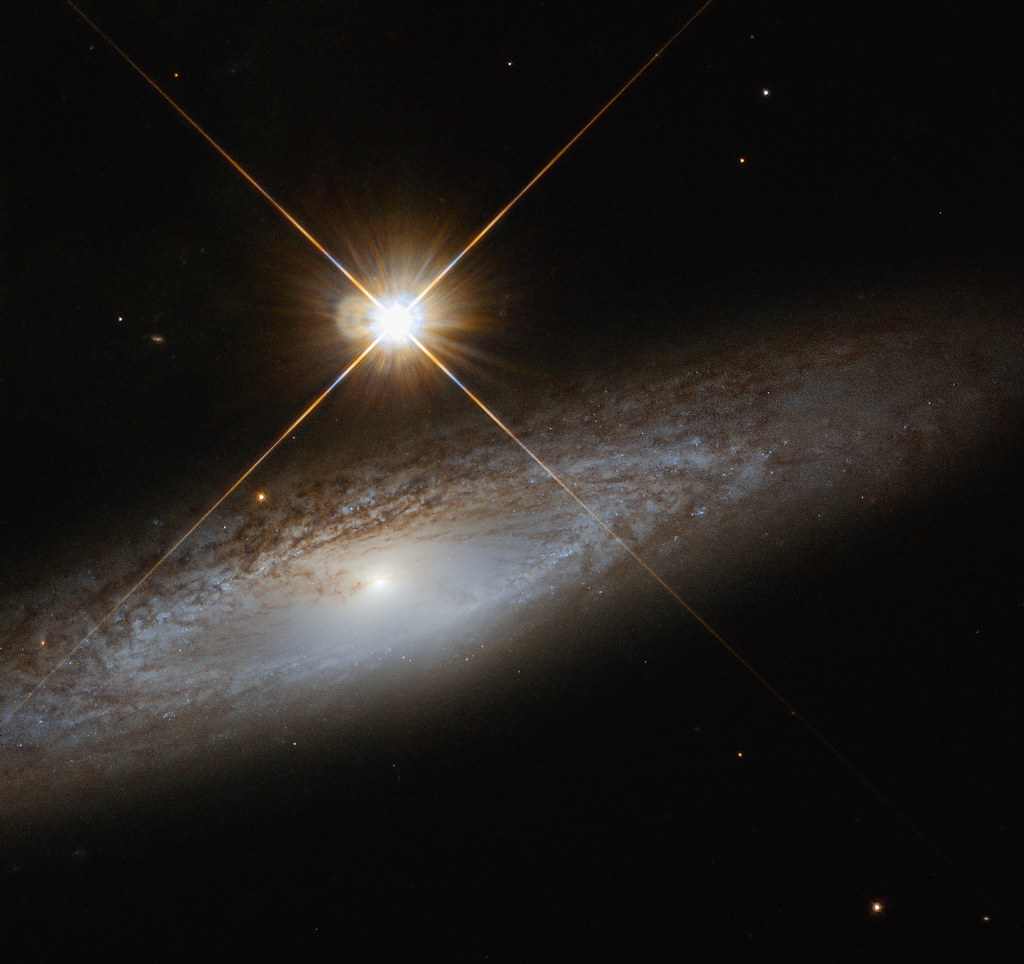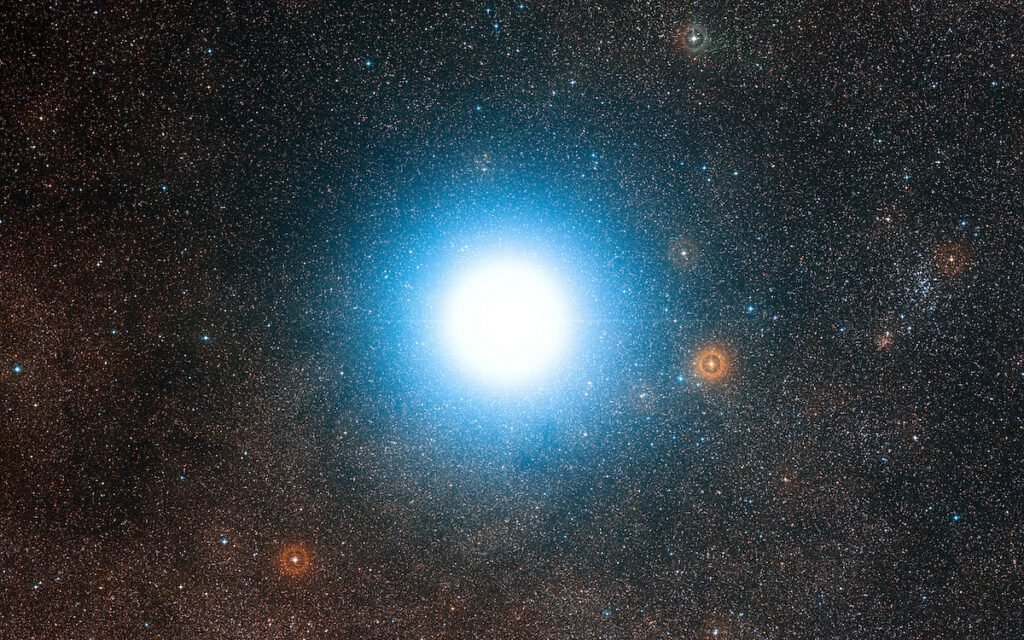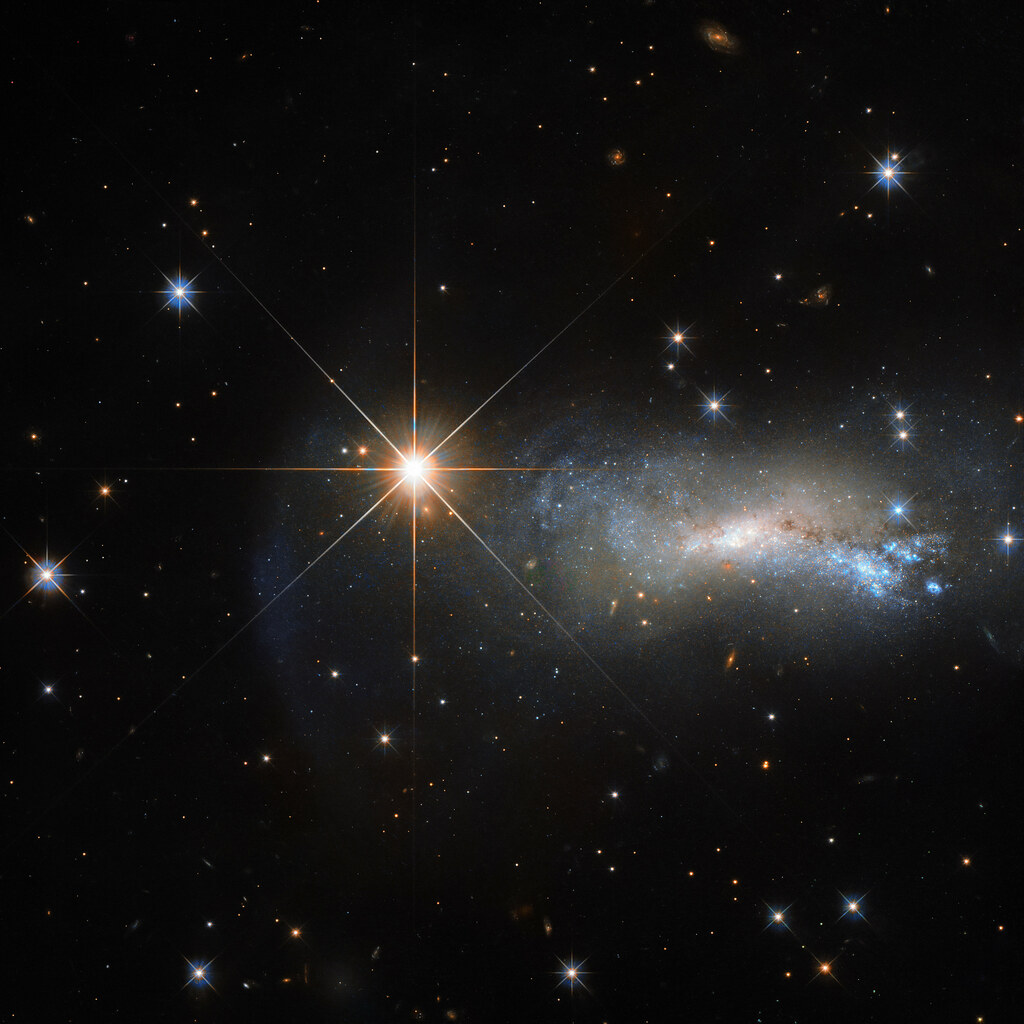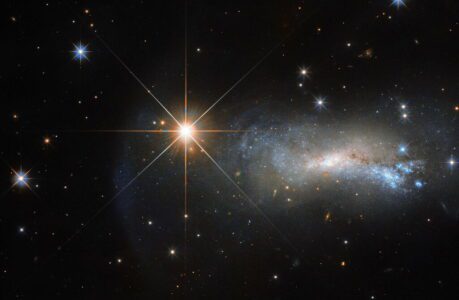Ireland is known for its breathtaking landscapes, rolling hills, and stunning night skies. The stars that light up the night sky in Ireland are some of the brightest and most beautiful in the world. With its clear skies and minimal light pollution, Ireland is an excellent location to stargaze and enjoy the celestial beauty of the night sky. In this article, we’ll take a look at the top ten brightest stars visible from Ireland and what makes a star bright.
- Sirius – Sirius is the brightest star visible from Ireland and is also the brightest star in the night sky. It is located in the constellation Canis Major and is a binary star system, consisting of a white main-sequence star and a faint white dwarf.
- Canopus – Canopus is the second brightest star visible from Ireland and is located in the constellation Carina. It is a yellow-white giant star and is one of the largest known stars in our Milky Way galaxy.
- Alpha Centauri – Alpha Centauri is a binary star system located in the constellation Centaurus and is the third brightest star visible from Ireland. It is a yellow star similar to our sun and is one of the closest stars to Earth.
- Arcturus – Arcturus is a red giant star located in the constellation Bootes and is the fourth brightest star visible from Ireland. It is one of the largest known stars and is also one of the oldest stars in the Milky Way galaxy.
- Vega – Vega is a blue-white main-sequence star located in the constellation Lyra and is the fifth brightest star visible from Ireland. It is one of the closest stars to Earth and is also one of the brightest stars in the night sky.
- Capella – Capella is a binary star system located in the constellation Auriga and is the sixth brightest star visible from Ireland. It is a yellow giant star and is one of the largest known stars in the Milky Way galaxy.
- Rigel – Rigel is a blue-white supergiant star located in the constellation Orion and is the seventh brightest star visible from Ireland. It is one of the largest and most luminous stars in the Milky Way galaxy.
- Procyon – Procyon is a white main-sequence star located in the constellation Canis Minor and is the eighth brightest star visible from Ireland. It is one of the closest stars to Earth and is also one of the brightest stars in the night sky.
- Betelgeuse – Betelgeuse is a red supergiant star located in the constellation Orion and is the ninth brightest star visible from Ireland. It is one of the largest known stars and is also one of the closest stars to Earth.
- Achernar – Achernar is a blue-white main-sequence star located in the constellation Eridanus and is the tenth brightest star visible from Ireland. It is one of the brightest stars in the night sky and is also one of the largest known stars in the Milky Way galaxy.
What Makes a Star Bright?
A star’s brightness is determined by several factors, including its size, temperature, and distance from Earth. The larger a star is, the more luminous it will be, as it produces more energy and light. The temperature of a star also plays a role in its brightness, with hotter stars appearing brighter than cooler stars. Finally, the distance of a star from Earth also affects its brightness, with stars that are closer appearing brighter than stars that are further away.

In conclusion, Ireland is a great place to stargaze and enjoy the beauty of the night sky. With its clear skies
What affects the brightness of a star
The brightness of a star is influenced by several factors, including:
- Luminosity: The amount of energy a star emits is referred to as its luminosity. The more energy a star emits, the brighter it will appear.
- Distance: The distance of a star from Earth affects its brightness, with stars that are closer appearing brighter than stars that are further away.
- Size: The size of a star also plays a role in its brightness. Larger stars are generally more luminous and brighter than smaller stars.
- Temperature: The temperature of a star also influences its brightness, with hotter stars appearing brighter than cooler stars. This is because hot stars emit more energy and light.
- Composition: The chemical composition of a star can also affect its brightness. For example, stars with larger amounts of heavier elements, such as iron and nickel, tend to be less luminous than stars with less of these elements.
- Age: The age of a star can also affect its brightness, with older stars generally appearing less luminous than younger stars.
It’s worth noting that while these factors can influence a star’s brightness, they do not always determine it. Some stars may have unusual brightness levels due to other factors, such as variability or binary systems.

What defines how bright a star looks from earth
The apparent brightness of a star, or how bright it appears from Earth, is determined by the combination of several factors, including:
- Luminosity: The amount of energy a star emits is referred to as its luminosity. A more luminous star will generally appear brighter from Earth.
- Distance: The distance of a star from Earth is a key factor in determining its apparent brightness. Stars that are closer will appear brighter than stars that are further away, even if they have the same luminosity.
- Extinction: Extinction refers to the reduction in brightness of a star due to dust and gas in the interstellar medium. This can make stars appear less bright than they actually are.
- Angular size: The apparent size of a star, as seen from Earth, can also affect its brightness. Stars that are smaller in angular size will appear brighter than stars that are larger in angular size, even if they have the same luminosity and distance from Earth.
- Observing conditions: The observing conditions, such as the presence of clouds or atmospheric turbulence, can also affect the apparent brightness of a star from Earth.
In summary, the apparent brightness of a star from Earth is determined by its luminosity, distance, extinction, angular size, and observing conditions. By taking these factors into account, astronomers can determine the apparent brightness of stars and compare them to other stars in the night sky.

